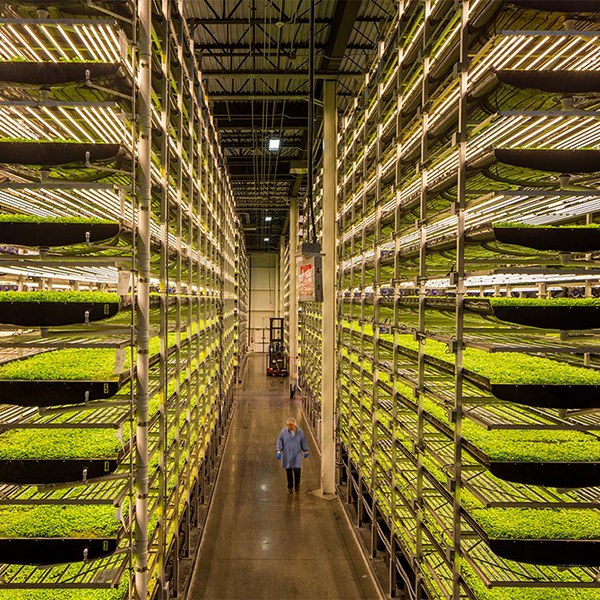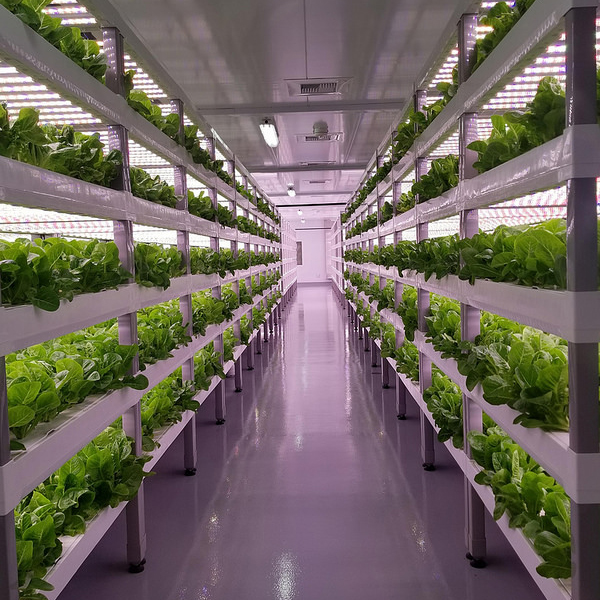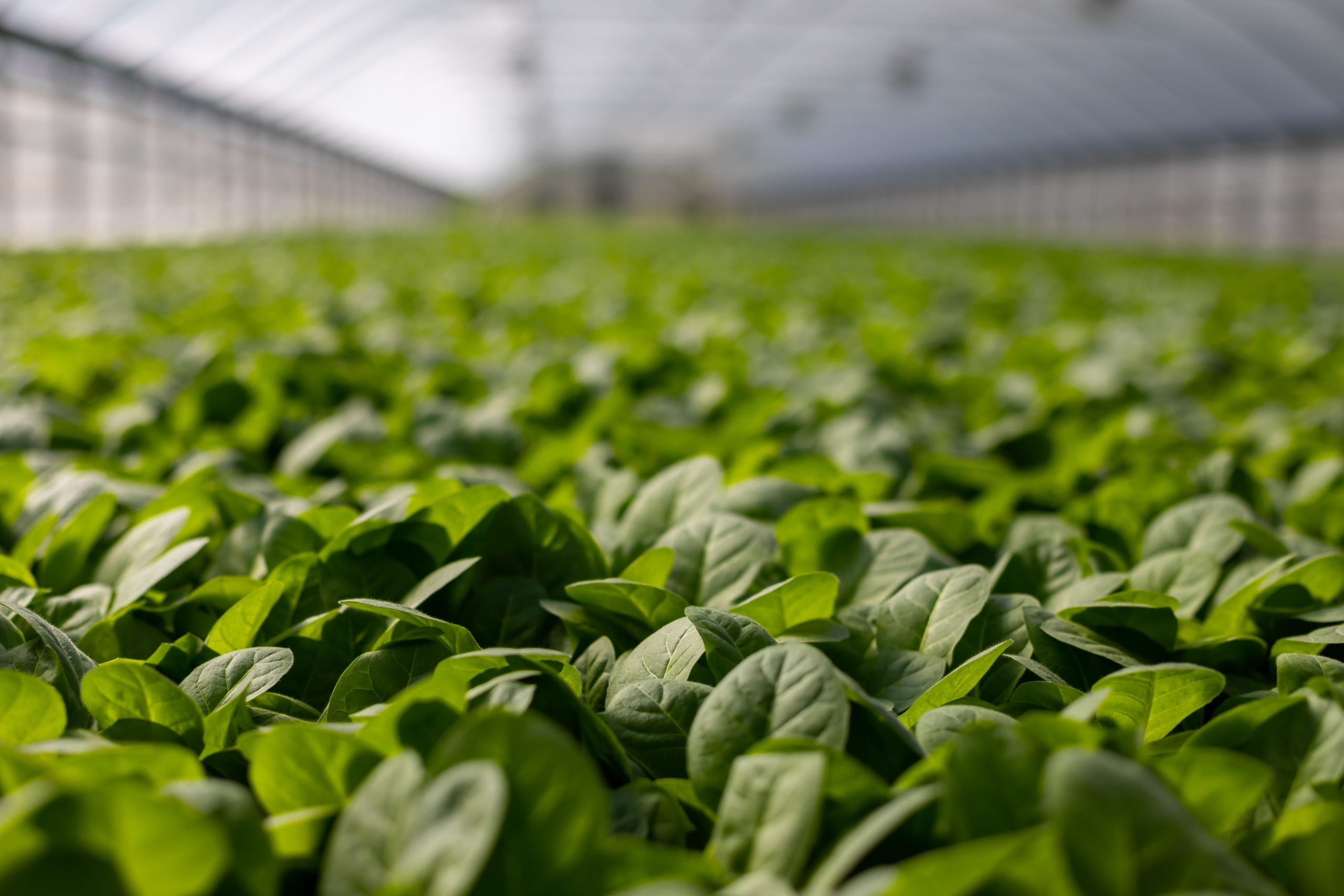In an ever-changing world few things are certain for human beings, one of those being the consumption of food. No matter what is happening in the world humans will always need to eat to survive. As the population continues to grow and is expected to hit 9 billion in the next 40 years, global food production will need to increase by nearly 70% to keep up [4]. The increase will be accompanied by changes in climate, resource depletion, and more severe floods and droughts than ever seen before [4]. So how in the world will this increase in production be accomplished?
The future of agriculture faces a few main challenges in one form or another. Firstly, the use of fossil fuels and water to produce agriculture has been and will always be a long-standing issue [9]. Secondly, the mismanagement of land on these farms continues to be an issue in a variety of ways [4]. Another smaller issue agriculture faces are the shift in the diets of humans everywhere. Diet is an aspect of the farming field that needs to be accounted for to meet the demands of the people. Finally, food waste from current agricultural practices is another major problem that must be dealt with sooner rather than later. It is clear that all of these challenges seem like problems, but what is causing these problems to come about?

The use of fossil fuels is a major problem facing the U.S. food production system. It is estimated that the U.S food production system accounts for 17% of the fossil fuels used in the country [9]. This large consumption by the agriculture industry is spread out over a variety of uses for fossil fuel. The fuel is used to power fuel-intensive farming equipment, process foods, transports foods, refrigerate foods, produce packaging materials, manufacture chemicals, and so on [9]. The list is quite expansive as one contemplates the mass amounts of energy needs to produce and sustain food production. As local family farms begin to be consumed by large industrialized farms, food is now being shipped longer and further than ever before. It has been estimated that food and agricultural products travel 566 billion ton-miles within the U.S. borders each year [10]. Not only are fossil fuels being consumed by the miles traveled, but the miles traveled now require additional refrigeration and food packing [9]. The additional refrigeration and food packing result in a compounding effect on the consumption of fossil fuels. This is only to name a fraction of where fossil fuel consumption, but it is evident the system currently has some flaws and even a minor adjustment may make a huge difference in the long run.
Currently, there a few major issues with the management of farmlands. As mentioned earlier, smaller farms are fading out as larger farms take over. In the past 40 years, overall U.S. farmland declined 13%, but cropland in farms greater than 1000 acres nearly doubled [11]. A major problem arises due to the takeover of large farms. Large industrial farms tend to use more fertilizer and pesticides, which degrades soil, increases erosion, and leads to negative climate impacts [11]. Large farm operators often rent land for some time and then move on. There is no motivation for these larger companies to maintain the health of the farm for future crop yields. A small farm will rely on future yields to survive. Another issue in the management of farmland lies in the current agricultural practices in American agriculture. Large-scale crop production can lead to many issues such as having too much bare land exposed which can overheat the environment and disrupt the water cycle [11]. As the soil degrades, farmers turn to pesticides and chemicals to restore it to health and keep it usable. This method works in the short run but is extremely counterproductive in the long run [11]. The reliance on pesticides in chemicals will continue to degrade the soil until it is eventually unusable. Whether it is the takeover of large farms or the malpractices in the farming industry, something needs to change and change fast or a 70% increase in production will never be achievable with decreasing land resources.
As the diets of U.S consumers change for various reasons, so must the production of food and agriculture. It has been reported 6% of U.S consumers say they are vegan, a major increase for the 1% that reported to be vegan in 2014 [5]. Over 500,000 people signed up for the “Veganuary” 2021 challenge, a challenge aimed at getting people to try veganism. These statistics demonstrate the rapid growth seen in veganism in a short period of time. Not only is veganism a response to underline health issues and animal welfare issues, but it is also a response to the damage animal agriculture has on the environment. Animal agriculture accounts for 18% of all greenhouse gas emissions [5]. For example, it takes almost 100 times as much land to produce a gram of protein from beef or lamb, compared to peas or tofu [10]. Whatever the reason for the increase in vegan and vegetarian diet is, one thing is known. The demand for a larger quantity and better-quality produce is higher than ever. Although this seems like more of a want from the consumer than a need for the producer, it is another small aspect of the farming industry that may need to be tweaked in the future.
The last major issue with agriculture now lies in the wasted food in the United States. It has been estimated by the Unites States Department of Agriculture that 30-40 percent of the food grown goes uneaten [12]. This is a result of a variety of reasons including the distance produce must travel, the variety in consumption in consumer taste, and the lack of proper packing [12]. The variety in consumption is often due to the variety in production. Due to the changing climate and changing farming environment, there is not much of a stable crop yield in the United States. This leads to producing too much produce in one aspect, and not enough in another [12]. Often measures are made, such as wrapping in plastic for produce to last longer [12]. The increase in plastic waste has a negative impact on the environment. Now the industry must find the perfect balance between not having food spoil and using too much plastic, which is essentially an impossible task.
It is clear innovation is needed to feed the ever-growing population. A potential solution being implemented and growing faster than ever is vertical farming. What is vertical farming? Vertical farming is growing crops in vertically stacked layers using a controlled environment [3]. The aim of vertical is to optimize plant growth by implementing a variety of farming techniques. These vertical farms are often built-in buildings, tunnels, and shipping containers [1]. Vertical farming offers potential answers or improvements to the problems in the current agriculture industry.

Photo: AeroFarms & Jersey City Housing Authority

Photo: United States Department of Agriculture
Historically, civilizations have been making innovations to become more efficient and productive in the agricultural field. The Aztecs developed the practice of hydroponics, in which plants grow without soil, over 1,000 years ago [8]. This is a practice that is still used today and is even growing as soil quality becomes an issue. The Babylonians built their hanging gardens nearly 2,500 years ago [1]. Their hanging gardens are believed to be the first type of farming to mimic the concept of growing plants upward to maximize growing space found in vertical farming. Adaptations have been made in the past and will continue to be made to meet society’s needs. Nothing is wrong with a change, vertical farming is not something that needs to be frowned upon as a last second resort due to a failure by us as humans, but rather as a potential solution to an inevitable outcome.
A few pros of vertical farming include reduced waste, significant carbon and water savings, production closer to demands, consistent supply, plants grown to meet local taste [2].
The most obvious benefit of modern vertical farming is the space that is saved due to the nature of growing. The amount of produce per acre that is able to be created compared to traditional farming is substantial [1]. Vertical farms have the capability to be 100x more productive than what would be grown in the same area of land. This would help combat the 30% loss of usable cropland that has been lost due to malpractices discussed earlier [1]. Everything in life nowadays seems to be about efficiency and makes things as small and convenient as possible, so it makes sense that farming is headed in the same direction.
Another benefit of vertical farming is its versatility. Vertical farms do not use soil, so they can be used just about anywhere. There is no type of land or ground requirements for a vertical farm [7]. Most modern vertical farms do not need the use of sunlight as well [1]. A majority of vertical farms use LED lights year-round as a replacement for sunlight. As the price of LEDs falls, more vertical farms will implement this technology as well [1]. These 2 major advantages vertical farming has over traditional farming are what gives it so much potential. These farms can be placed in any location and therefore customers have access to fresh local produce. The produce now does not have to make the long trips that it once had to beforehand. As people’s diets also become more produce-heavy, the idea of local fresh produce is more important to meet customers’ needs. The lack of a long trip saves on fossil fuse used to transport the material as well as plastic waste used to preserve the produce. The versatility of vertical farms helps to solve, or at least mitigate, a few of the major issues in farming right off the bat.
Another key advantage that comes out of vertical farming is a consistent crop yield each year. There is no longer a reliance on seasons, weather, sunlight, and so on to produce a stable crop yield. Crop yields vary drastically not only year to year, but seasonally. The use of LEDs to replace the sun allows farms to produce however much they want whenever they want [1]. As mentioned earlier, the poor management of soil by U.S. farmers has led to major issues in soils that drastically affect crop production. Because soil is no longer necessary, this is no longer a concern. Farmers do not need to worry about year-to-year production changes and limitations [1]. The consistency in production offers solutions to both waste and consumer preferences.
Finally, vertical farming provides protection against pesticides and animals. Every year the U.S uses over a billion pounds of pesticides [1]. It has been reported that over 70% if U.S produce has some traces of pesticides in it [1]. As people value the quality of their produce more and more, this is not a trend that can keep up. Animal consumption of crops is another aspect of vertical farming that is no longer a concern [6]. Having the farms indoors no longer pose the threat of outdoor predators. The protection is part of the reasons vertical farms are able to produce consistent high-quality yields of production.


Just like anything in life, there are pros and cons. The cons in vertical farming include the cost, the expert requirement, and the energy consumption.
Since vertical farming is a new innovation that is taking the country by storm, it requires expertise in order to get it right. The complex technology and guidelines require an expert to not only an expert to design but also set up and maintain [6]. Not every small town is going to have a vertical farm expert.
Another issue is the upfront cost of vertical farming. The cost from designing, to construction, to installation, all the way up to maintenance can add up. Not to mention, these vertical farms are typically going to be in cities that often means a higher real estate price. The large upfront cost can deter companies from taking the leap to building vertical farms. Once the decision is made on whether the large upfront cost is worth the risk, one must consider the operational cost. Companies must pay experts to maintain a strong crop yield [6]. Long term, the cost should decrease but are companies and cities going to take on the burden of a large bill to get things rolling.
Finally, energy consumption is a concern in the vertical farming industry. The electric bill can become quite hefty when considering the amount of light required to maintain and grow these crops [6]. One can no longer rely on the rain and sun to provide the necessary energy to produce their crops. Compared to traditional farming, the cost and amount of energy consumed are often large for vertical farms. Cost is not the only issue with energy usage though, the number of fossil fuels used to produce the greater quantity of energy needed can have a negative impact of the environment as well [6]. Due to the many factors involved in each type of farming, it is hard to compare what type uses more energy, but it is certainly a factor that must be considered.
As more and more food is necessary in order to feed an ever-growing population, traditional farming can only handle so much more weight. One of the many potential solutions to this problem includes vertical farming. Although there are issues with energy consumption, upfront cost, and the expertise required to implement vertical farming into everyday life, there are a lot of bright spots in the industry. Some of the bright spots of vertical farming include reduced waste, significant water savings, produce grown closer to consumers, a consistent supply, and plant grown to meet local tastes are significant reasons why vertical farming should be seriously considered as we move toward a future in farming. No, it does not have all the answers, but if something did have all the answers, we would not be having this conversation to begin with. With more research and advancements, I can see vertical farming developing into a potential solution to a serious issue in the U.S.
- https://boweryfarming.com/vertical-farming/?gclid=EAIaIQobChMI4dfUmaX58AIVQeKzCh3BWAUKEAAYAiAAEgIasPD_BwE
- https://www.ey.com/en_us/disruption/why-your-next-big-bet-should-be-in-food-innovation
- https://en.wikipedia.org/wiki/Vertical_farming#:~:text=Vertical%20farming%20is%20the%20practice,hydroponics%2C%20aquaponics%2C%20and%20aeroponics.
- http://seedstock.com/2012/04/18/five-major-challenges-facing-north-american-agriculture/#:~:text=The%20following%20five%20challenges%20to,food%20waste%20from%20spoilage%20to
- https://www.plantproteins.co/vegan-plant-based-diet-statistics/#:~:text=Key%20statistics%20and%20facts%3A,to%20just%201%25%20in%202014.&text=More%20than%20500%2C000%20participants%20signed,had%20more%20than%20400%2C000%20participants.
- https://environmental-conscience.com/vertical-farming-pros-cons/
- https://www.vedantu.com/biology/introduction-to-hydroponics
- file:///C:/Users/jhage/Downloads/Fossil_Fuels_and_Agriculture.pdf
- https://ourworldindata.org/land-use-diets
- https://www.ucsusa.org/resources/bigger-farms-bigger-problems
- https://sustainablefoodtrust.org/articles/kiss-the-ground-review/
- https://blog.americanchemistry.com/2018/03/reason-why-we-use-plastics-to-package-food/?gclid=EAIaIQobChMIyaLq66CI8QIV4oNbCh1wqwvDEAAYASAAEgKVafD_BwE



